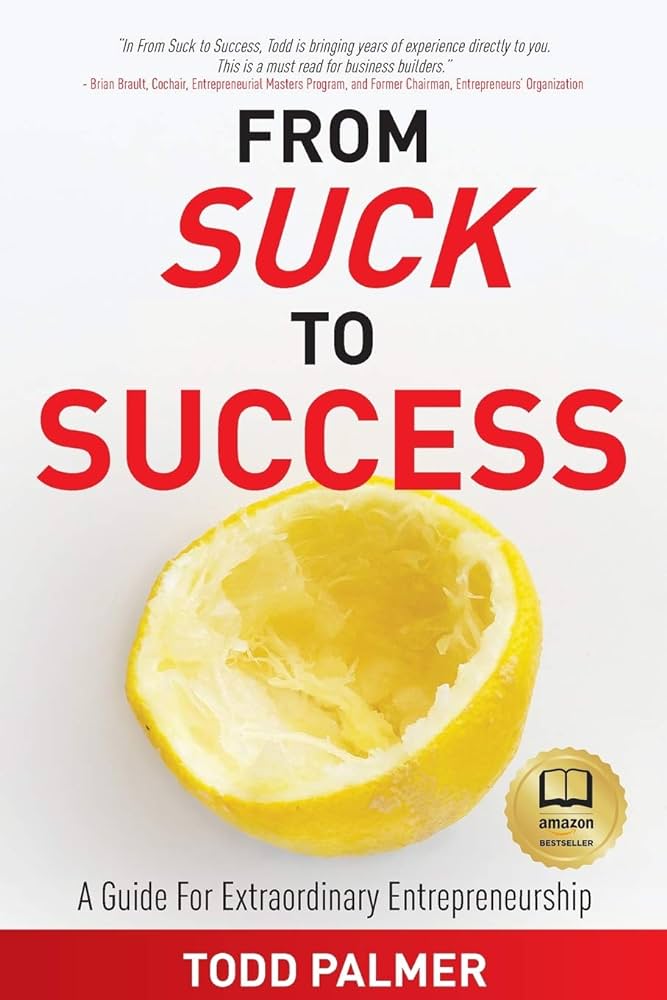Let me take you inside a real coaching session.
I was working with a brilliant founder—we’ll call her Ava—who came to me frustrated. Her executive team wasn’t stepping up. She felt like she was the only one pushing, thinking ahead, carrying the weight. And although she said all the right things—“My door is always open. Bring me the truth.”—her tone and body told a different story.
Tight shoulders. Crossed arms. A clipped voice. Eyes darting between her laptop and her watch.
Her team picked up on it—every time. And they shut down. She wasn’t consciously trying to intimidate or silence them… but that’s exactly what was happening.
So we slowed down and unpacked it.
> Underneath the posture was resentment.
> Underneath the clipped tone was burnout.
> Underneath the shutdown culture was a leader who was giving everything—and feeling alone.
Once Ava became aware of that inner tension, we could shift it. Not by changing her message, but by changing the mindset driving her presence.
She stopped showing up as the overburdened fixer and started showing up as the grounded, connected leader her team needed. In a few short weeks, her presence aligned with her purpose, and everything changed.
- Her team opened up
- Feedback became faster
- Execution sped up
- Culture turned a corner
All without hiring a single new person or implementing another platform.
Why Presence Isn’t Just a Soft Skill
Presence impacts performance. Period.
- Gallup estimates that disengaged employees cost U.S. companies over $1.9 trillion annually in lost productivity, turnover, and missed innovation opportunities.
- Teams with high-trust leadership execute decisions 50% faster and experience 74% less stress (Harvard Business Review).
And here's the part most leaders miss: Disengagement doesn’t start with broken systems—it starts with broken signals. Your team isn’t reacting to your strategy slides—they’re reacting to your energy.
Inner Shift | What It Unlocks | Quick Practice |
Awareness of your emotional state | Shifts reactive habits into intentional response | Ask before any meeting: “What am I feeling right now? What’s underneath that?” |
Mindset of curiosity over control | Encourages team ownership and idea flow | Replace “Why didn’t you…” with “What do you see that I might not?” |
Grounded breath and tone | Decreases team anxiety, increases solution speed | Take two deep breaths before speaking. Speak 10% slower when assigning tasks. |
Open body language | Signals safety and attentiveness | Drop your shoulders. Uncross arms. Nod slowly to reinforce psychological safety. |
Presence Is a Mirror—Here’s How to Clean It. This applies virtually too. On Zoom? Sit tall, make eye contact with the camera, and pause two beats after asking a question. Presence translates through screens if you're intentional.
Deeper Leadership Reflection
- Where might your team be reacting more to your energy than your words?
- What emotion—unspoken or unprocessed—might be leaking into your presence?
- Who’s giving you honest feedback on how you show up?
You don't need to be perfect. You just need to be aligned.
5-Minute Challenge
- Before your next tough conversation or team huddle, pause.
- Name your emotional state—not just your objective.
- Reset your breath, your stance, and your tone.
- Then walk in with presence aligned to purpose.
Track the impact like any KPI—because presence is a leading indicator of performance.
Final Thought
Your people aren't just listening to your words—they're absorbing your energy.
And the longer your tone, body language, and intent stay misaligned, the more disengagement and mistrust cost you in dollars, decisions, and momentum.
So ask yourself: Is the way I show up building trust—or draining it?
Because once your mindset shifts, your presence—and your business results—follow fast.
In your corner,
Todd Palmer
CEO, Extraordinary Advisors | Author, From Suck to Success
P.S. Forward this to a leader whose energy may be sending mixed signals. Trust grows when we call each other in, not out.




